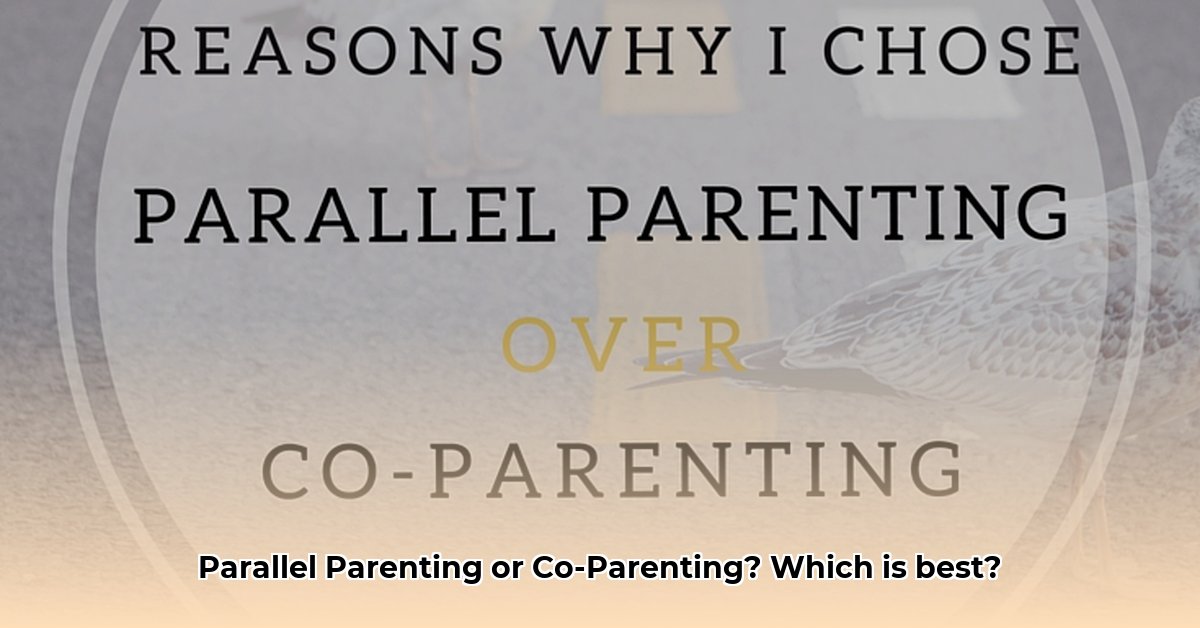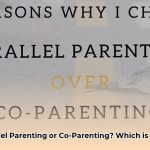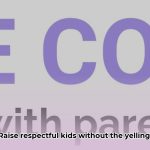Splitting up is tough, and figuring out how to parent after separation can feel overwhelming. This guide will help you navigate these choppy waters by exploring two common approaches: co-parenting and parallel parenting. We’ll break down the pros and cons of each, offering practical tips and resources to help you create a healthy, supportive environment for your children.
Co-Parenting: Teamwork After Separation
Co-parenting is like a relay race. Both parents are on the same team, carefully passing the baton (your child) back and forth. It involves open communication, joint decision-making, and a shared commitment to their child’s well-being.
Pros:
- Stability and Security: Children thrive on routine and predictability. Co-parenting can offer a more consistent environment across both homes, reducing anxiety and confusion.
- Stronger Child-Parent Relationships: Children benefit from seeing both parents actively involved and working together, strengthening their bonds with each.
- Shared Resources and Support: Parenting is demanding. Co-parenting shares the load, providing both parents with support, resources, and a sense of shared responsibility.
Cons:
- Requires Maturity and Cooperation: Co-parenting demands a high degree of maturity, flexibility, and a genuine willingness to compromise, even when it’s difficult.
- Challenging in High-Conflict Situations: If unresolved resentment or anger lingers, co-parenting can be incredibly challenging and may exacerbate existing tensions. It might even expose children to ongoing conflict, which can be detrimental to their well-being.
- Not Suitable for All Situations: In cases involving abuse, manipulation, or an unwillingness to cooperate, co-parenting is not a safe or practical option.
Parallel Parenting: Minimizing Contact for Peace
Parallel parenting is like two ships sailing in the same direction but on different courses. Parents maintain a safe distance, minimizing direct interaction while still focusing on their child’s needs. Communication is often limited to essential logistics, sometimes facilitated through a third party or a co-parenting app.
Pros:
- Reduces Conflict: Limiting interaction can significantly reduce the opportunity for arguments and disagreements, creating a calmer atmosphere for everyone involved.
- Emotional Space: Parallel parenting offers emotional space, allowing parents to focus on their relationship with their child without the added stress of interacting with their ex.
- Autonomy and Control: This model gives each parent greater autonomy during their parenting time, reducing the need for constant negotiation or compromise on day-to-day matters.
Cons:
- Can Feel Isolating: Limited communication can feel isolating for both parents and children and may hinder the sense of family connection.
- Potential for Inconsistency: With less communication, there’s a higher risk of inconsistencies in parenting styles, rules, and expectations, potentially confusing for children.
- Requires Meticulous Planning: Parallel parenting necessitates careful planning and coordination regarding schedules, transitions, and shared expenses to avoid mishaps and minimize conflict.
Co-Parenting vs. Parallel Parenting: A Side-by-Side Comparison
| Feature | Co-Parenting | Parallel Parenting |
|---|---|---|
| Communication | Frequent, direct, collaborative discussions | Minimal, structured, often indirect (email, apps) |
| Decision-Making | Joint decisions, mutual agreement | Independent decisions, minimal consultation |
| Interaction | Regular interaction, shared activities | Limited interaction, primarily logistical |
| Conflict Level | Ideally low, manageable disagreements | High conflict, limited capacity for cooperation |
| Flexibility | More flexible, adaptable to changing needs | Less flexible, emphasis on defined boundaries |
Choosing the Right Approach: Which Path Fits Your Family?
Selecting the best parenting style depends on your unique family dynamics. Consider these questions:
- What is the current level of conflict between you and your co-parent? Can you communicate respectfully, or does every conversation escalate into an argument?
- Are you both willing and able to prioritize your child’s needs above personal differences?
- What is your child’s temperament and how do they handle different rules and environments?
- Is there a history of abuse, control, or violence? If so, parallel parenting may be the only safe option.
If communication is strained and conflict is high, parallel parenting might be necessary. If you can communicate respectfully and are committed to working together, co-parenting could be more beneficial. Professional guidance from a therapist or mediator can be invaluable in making this decision.
Creating a Parenting Plan: Your Roadmap for Success
Regardless of your chosen approach, a detailed parenting plan is crucial. It should cover:
- Custody Schedule: Precisely outline when the children are with each parent, including days, times, and transition procedures.
- Decision-Making Authority: Determine who has the final say on matters like education, healthcare, and extracurricular activities. Will decisions be joint or independent?
- Communication Protocols: Establish how you will communicate about the children—email, co-parenting app, or through a third party.
- Holidays and Vacations: Clearly define how holidays and vacations will be divided and coordinated.
- Dispute Resolution: Outline the steps to take if disagreements arise, such as mediation or legal counsel.
Legal Considerations and Support Resources
This guide provides general information and is not a substitute for legal advice. Consulting with a family law attorney in your area is crucial for personalized guidance.
Helpful Resources:
- Mediation Services: [Local Mediation Center – Replace with local link]
- Co-Parenting Apps: [OurFamilyWizard], [Cozi]
- Therapy and Counseling: [Psychology Today Find a Therapist]
- Support Groups: [Parents Without Partners]
The Long-Term Impact on Children
Research suggests that children adapt better to separation when their parents minimize conflict and prioritize their well-being, regardless of the specific parenting style. Co-parenting may offer advantages in low-conflict situations, but more research is needed to fully understand the long-term effects of both approaches. Choosing the method that minimizes stress and maximizes stability is paramount.
Conclusion: A Path Forward
Parenting after separation is challenging, but successful co-parenting or parallel parenting is achievable. Remember, your child’s well-being is the priority. With the right approach, support, and a commitment to open communication (even if structured), you can create a stable and loving environment for your children to thrive. Stay flexible and adapt your approach as your family evolves.
- 200+ Co-Parenting Quotes: Inspiration, Humor, and Wisdom for Every Stage - February 5, 2025
- Parenting Teens with Love and Logic: A Practical Guide to Raising Responsible Adults - February 5, 2025
- Indiana Parenting Time Guidelines PDF (2024): Download & Understand - February 4, 2025















